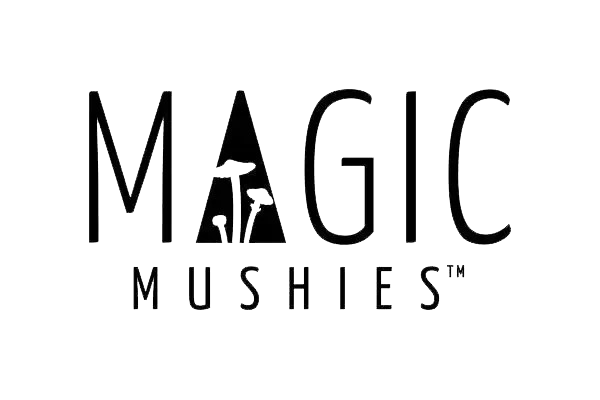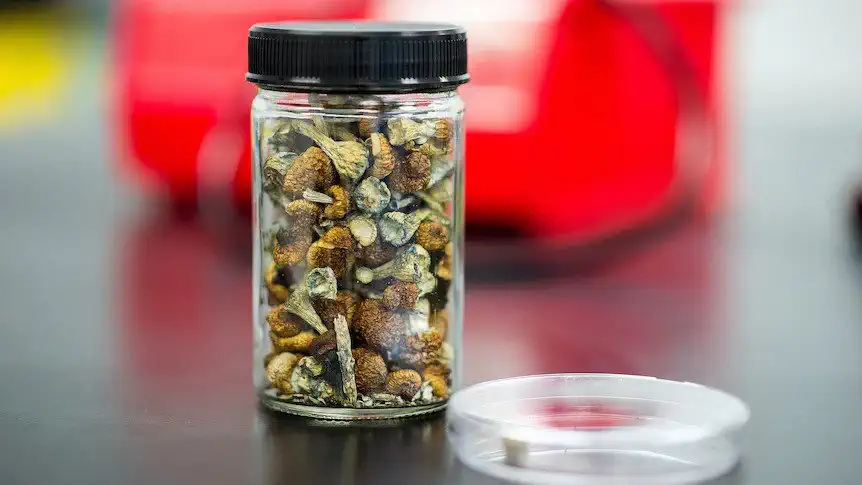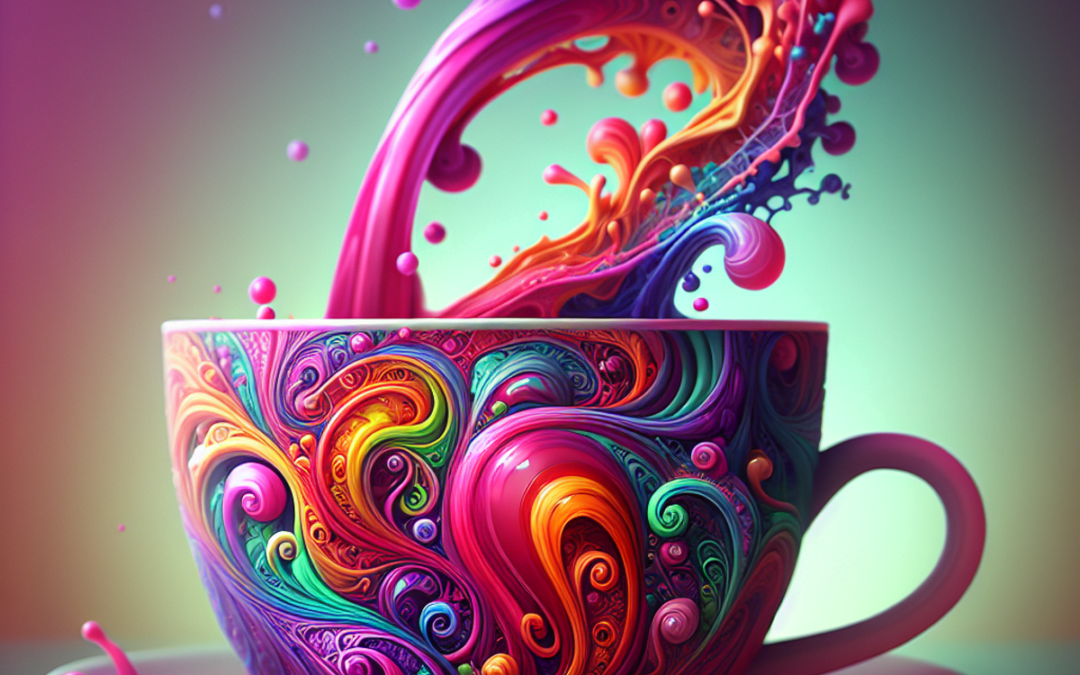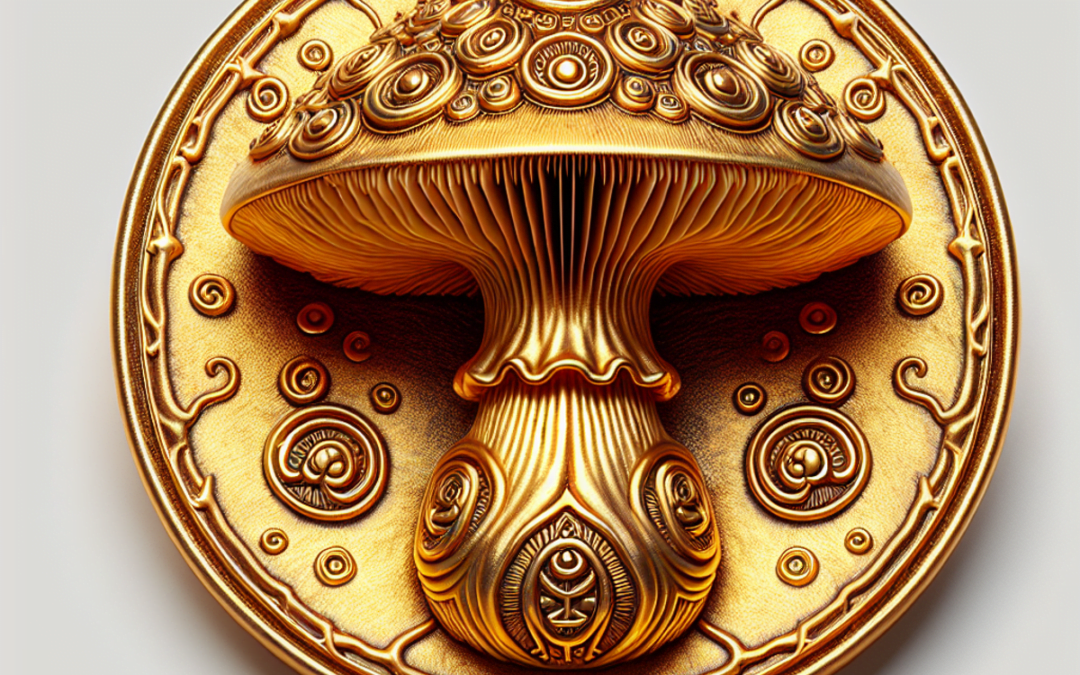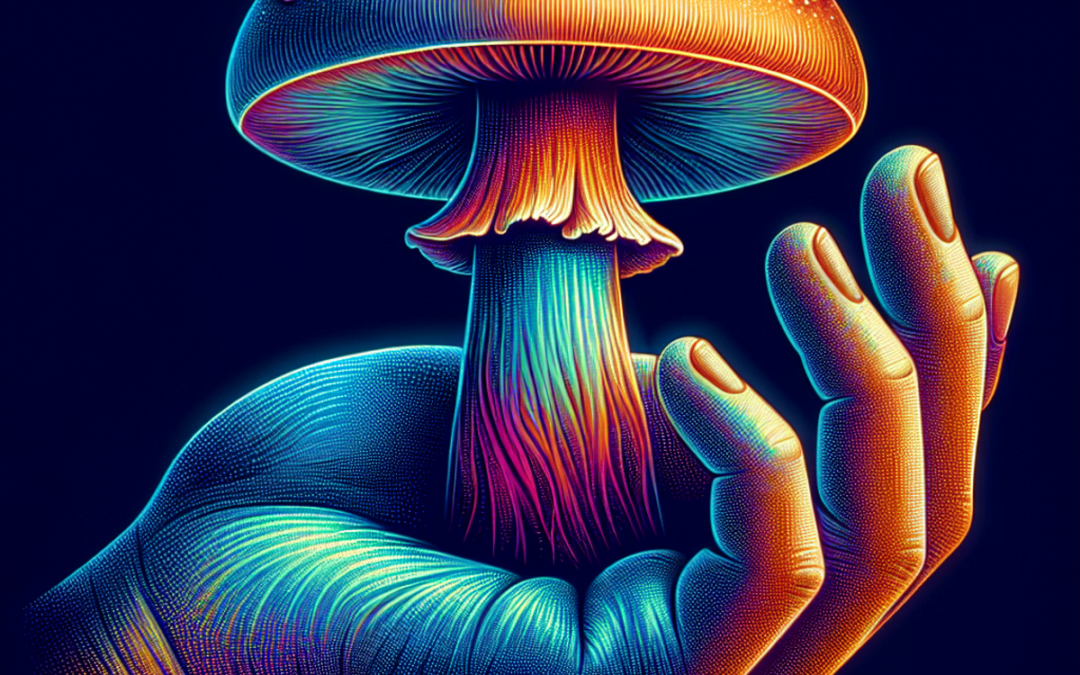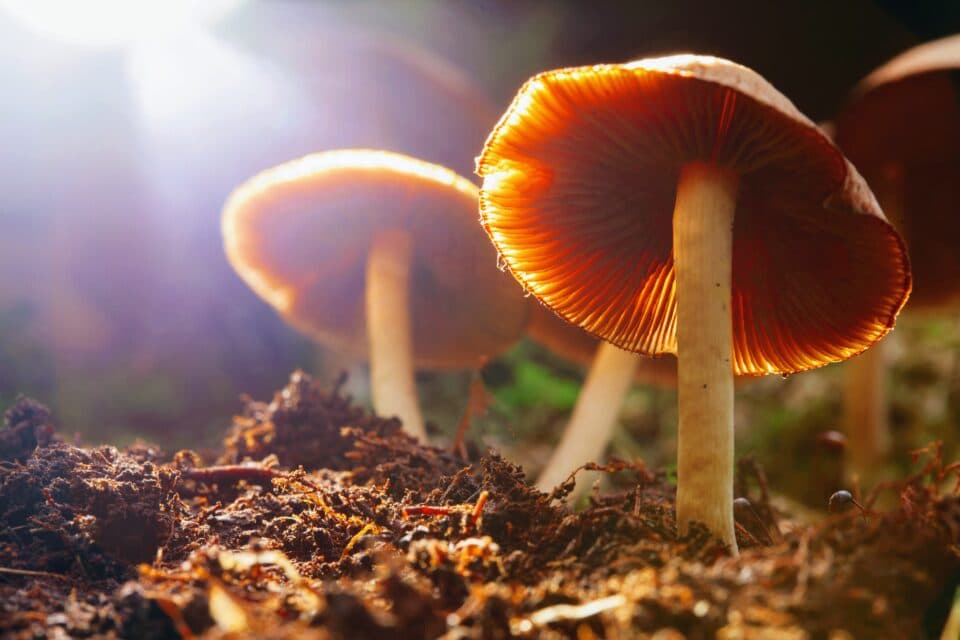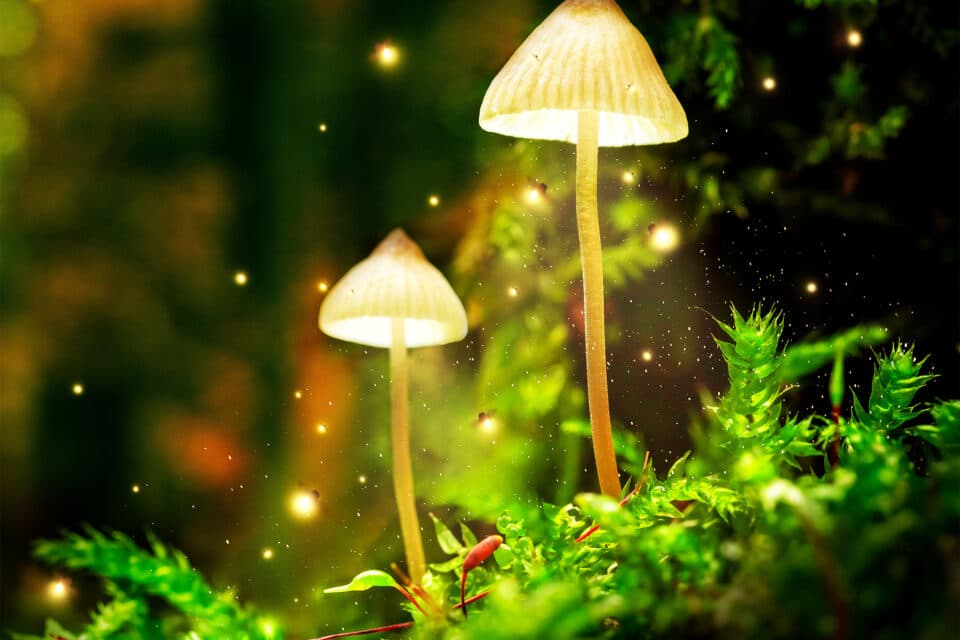In the last century, psychedelics have gone from being at the cutting edge of medical science, to a symbol of the 1960s counterculture, and back again.
Thanks to renewed interest among the academic community and changing social attitudes, we’re now witnessing a psychedelic renaissance.
Psychoactive cacti, fungi, plants and synthetic compounds have been used to treat conditions such as PTSD and addiction, and administered to terminal cancer patients to alleviate existential distress and fear of death.
But the history of using psychedelics to achieve altered states of consciousness goes back even further than you might expect.
“These substances which we think of as new and products of the psychedelic 60s, in fact, do have a very long lineage,” writer Michael Pollan tells ABC RN’s Life Matters.
“They have been used for thousands of years.”
And for much of this history, they’ve been used in religious rites and rituals – some of which continue to this day.
Ancient evidence of altered states
“Humans have been altering their consciousness with psychoactives from the very start,” says Christian Greer, a historian of psychedelic spirituality and research fellow at Yale University’s Institute of Sacred Music.
Archaeological evidence uncovered in a gravesite in northern Iraq raises the possibility that our prehistoric ancestors consumed psychoactive substances they found in nature.
Some thousands of years later, the ancient Hindu text known as the Rig Veda described a drink known as soma that imbued those who ingested it with immortality.
While the original recipe of soma was lost long ago, some historians believe the brew contained psilocybin, the active compound found in magic mushrooms.
According to classicist Brian Muraresku, pilgrims to the spiritual capital of the ancient world, the Temple of Eleusis – now in modern-day Greece – would experience visions after drinking a potion known as kykeōn.
It’s now thought this potion was spiked by ergot, the same grain-based fungus that produced LSD.
And Muraresku argues that this tradition carried over to early Christians, who he believes included psychedelic sacraments in their ceremonies.
Wine jars discovered in an ancient pharmacy near Pompeii revealed traces of a brew containing opium, cannabis, henbane (a hallucinogenic plant) – and the bones of lizards – dating from 79 AD when the first Christians were active in the area.
Psychedelics in the Americas
In North America, archaeological evidence indicates that people used peyote – a cactus containing mescaline, a psychoactive compound – 5,000 years ago.
After a federal ban in 1967, Native Americans won an exemption to use peyote for ceremonial purposes in the 1990s.
Today, peyote is considered sacred medicine among members of the Native American Church, which blends traditional Native American philosophy with Christian teachings.
For some in the church, psychedelics’ growing popularity among the general public is unwelcome – with fears that increased demand could further threaten the already precarious supply of the slow-growing peyote cactus.
Further south in Mesoamerica – a region that extended from Mexico to Costa Rica – psychoactive substances formed a common feature of ritual practices and healing ceremonies for thousands of years before the arrival of Christopher Columbus at the close of the 15th century.
The colonising Spaniards condemned the ritual use of sacred mushrooms – known as teotlnanácatl, or “flesh of the gods” – as “the work of the devil”, driving the practice underground until the 20th century.
From ritual use to psychology experiments
In 1955, American R Gordon Wasson visited a village in Mexico where the ritual use of hallucinogenic mushrooms had survived the prohibition by the Spanish.
Wasson tried the mushrooms – which contain the active compound psilocybin – and wrote an article about his experience in Life magazine that caught the attention of Harvard psychologist Timothy Leary, who established the Harvard Psilocybin Project in 1960.
Then, in 1962, Leary and graduate student Walter Pahnke led a double-blind experiment to test the capacity of psilocybin to facilitate mystical experiences.
Pahnke gave 20 theology students a pill containing white powder before a Good Friday service at Marsh Chapel at Boston University.
The results were dramatic. Eight out of 10 volunteers who took psilocybin reported undergoing mystical experiences.
Mike Young, one of the volunteers who received a psilocybin pill, later described his experience in vivid terms.
“I was in the middle of a technicolour sea, and there were bars of colour, and I was floating through them, and they were floating through me – and it was just glorious,” he said.
“I realised I had to swim out one of those colour bars. Each of those colour bars would be a whole different life experience … I had to choose one, and I couldn’t. It was very painful, it felt like my insides were being ripped out of me, and I died.”
Backlash and a ban
Recreational use of psychedelics in the 1960s counterculture triggered a moral panic among those who considered LSD a drug of abuse.
By the end of the 60s, countries including the US and Australia outlawed psychedelic substances, effectively halting research for decades.
Many had argued that Pahnke’s experiment threatened the existence of modern religion.
People wondered, “If we have these sacraments, are the churches obsolete? Is this the religion of the future?” Greer tells Paul Gillis-Smith in the Harvard Divinity School’s podcast.
“All of a sudden, there is no middleman between me and alternate reality, me and God.”
However, Greer says mainstream religious scholars refused to explore the possibility that psychedelics reliably occasioned mystical experiences.
“As time has passed and more research has gone into looking to the history of religion and psychedelics within various religious traditions, the evidence has become undeniable,” he tells ABC RN.
Far from being consigned to history, he says, “psychoactive substances, and particularly psychedelic substances, seem to be implicated in almost every religious tradition that we find.”
Psychedelic sacraments in religion today
Some have pushed back against the term “psychedelic”, associated as it is with 1960s counterculture, tie-dye and bad trips, preferring instead the neologism “entheogen” – taken from the Ancient Greek words for “creating the divine within”.
Greer tells Harvard Divinity’s Gillis-Smith that he has encountered many Catholics, Episcopalians and American Buddhists who use psychedelics for religious purposes.
And while sacramental use is far from mainstream, Greer says an increasing number of breakaway sects within major religions are incorporating entheogens in their worship.
“It’s a really exciting time to be a historian of religion,” says Greer.
“You see all of this new activity going on, particularly within major religious institutions, and … that’s going to continue as psychedelics become more readily accepted by the general public.”
They’re also being used by atheists, agnostics and the “spiritual but not religious”, Greer says.
He can see the appeal for someone who’s not interested in joining a church, temple or shrine.
“If you can access the divine through psilocybin – magic mushrooms – that’s … much more appealing.”
Source: The long history of psychedelics in religion, from ergot-spiked wine to magic mushrooms
